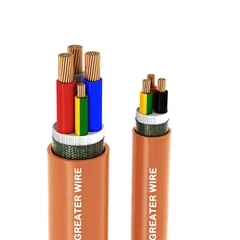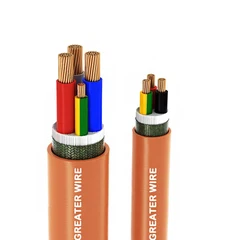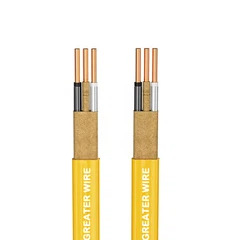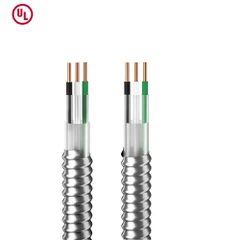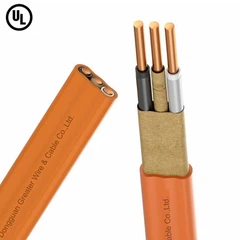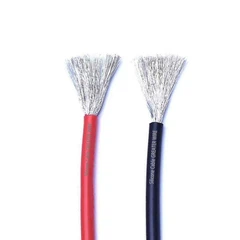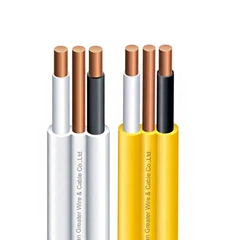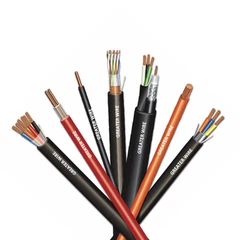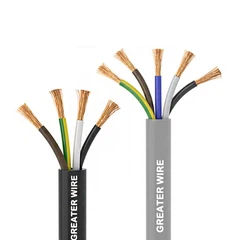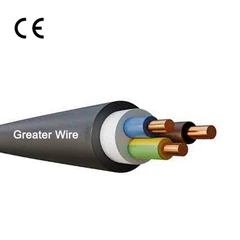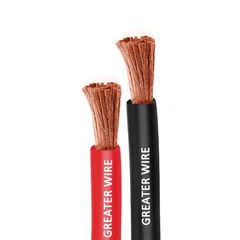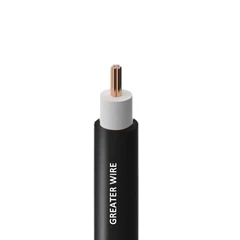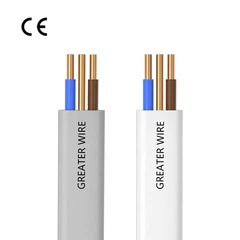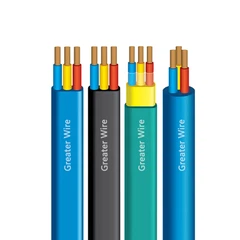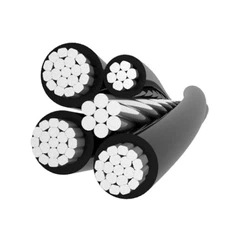PV wire can be used in the catheter.
PV wire, as a cable specifically designed for solar photovoltaic systems, is designed and manufactured with consideration for harsh outdoor conditions such as high temperatures, UV exposure, humidity, and dusty environments. These characteristics make photovoltaic cables have excellent weather resistance, UV aging resistance, corrosion resistance and good flame retardant performance, ensuring that the cables remain stable and safe in long-term use. Therefore, pv cable are very suitable for use in conduits, especially in photovoltaic projects, to provide continuous and stable safety protection for power output.
In addition, PV cable typically use high-quality copper cores and high-temperature and corrosion-resistant external insulation materials, which have high tensile strength and conductivity, making them excellent in withstanding high loads, long-distance power transmission, and other aspects. Although household wires may differ in insulation and conductive materials from PV wire, PV cable can indeed replace household wires under certain conditions. When using PV wire instead of household wires, proper connection, keeping the cable clean, and preventing cable damage are also very important skills.
In summary, PV wire is suitable for use in conduits not only because of its design characteristics that are suitable for outdoor environments, but also because it can replace household wires under certain conditions, providing stable and safe guarantees for power transmission in photovoltaic systems.


